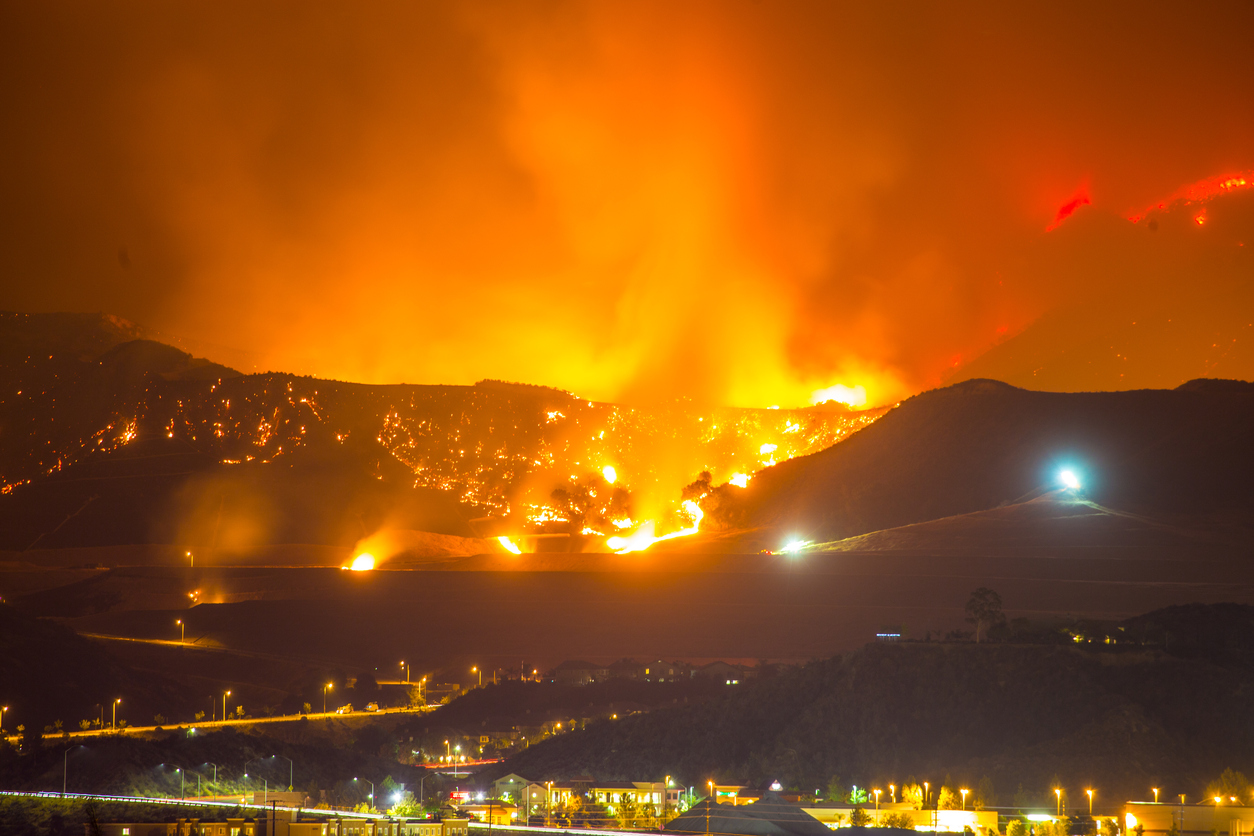The numbers have been refined in accordance with the latest post-containment perimeter of both the Camp and Woolsey Fires. The analysis of both residential and commercial properties accounts for building, content, and Additional Living Expenses (ALE), and the estimated losses include fire, smoke, demand surge and debris removal. Fire is covered under a standard homeowners’ policy, so the majority of homeowners are likely to have some protection from the financial challenges surrounding recovery.
“These wildfires have been a personal and financial tragedy for many families,” Tom Larsen, principal, Industry Solutions said. “The proper estimation of the value of a home is critical because often in situations of wildfire, the home is completely lost. A deficient valuation can lead to a situation where homeowners have inadequate funding to replace their home.”
CoreLogic continues to research the underinsurance and post-catastrophic inflation associated with these devastating wildfires and the impact on homeowners in our post-catastrophe webinar on December 11 at 9:30 AM PST, “2018 California Wildfires: The Story Unfolds,” which you can register for here.
Please visit the CoreLogic natural hazard risk information center, Hazard HQ™, at www.hazardhq.com to get access to the most up-to-date wildfire data and see reports from previous catastrophes.
Methodology
The U.S. Wildfire Model from CoreLogic, a probabilistic loss model designed to estimate damage and insured losses due to brushfire breakout in the U.S., includes robust hazard definition, comprehensive agents of damage, local vulnerability functions, variable import resolution, detailed financial modeling, flexible reporting, and has undergone extensive expert review. Both burn and smoke damage are accounted for, and more than 3.3 million stochastic events are incorporated. Model terrain and environmental data is at a resolution of 30m x 30m. The following states are included in the model: Arizona, California, Colorado, Florida, Idaho, Montana, New Mexico, Nevada, Oklahoma, Oregon, Texas, Utah, Washington and Wyoming.













